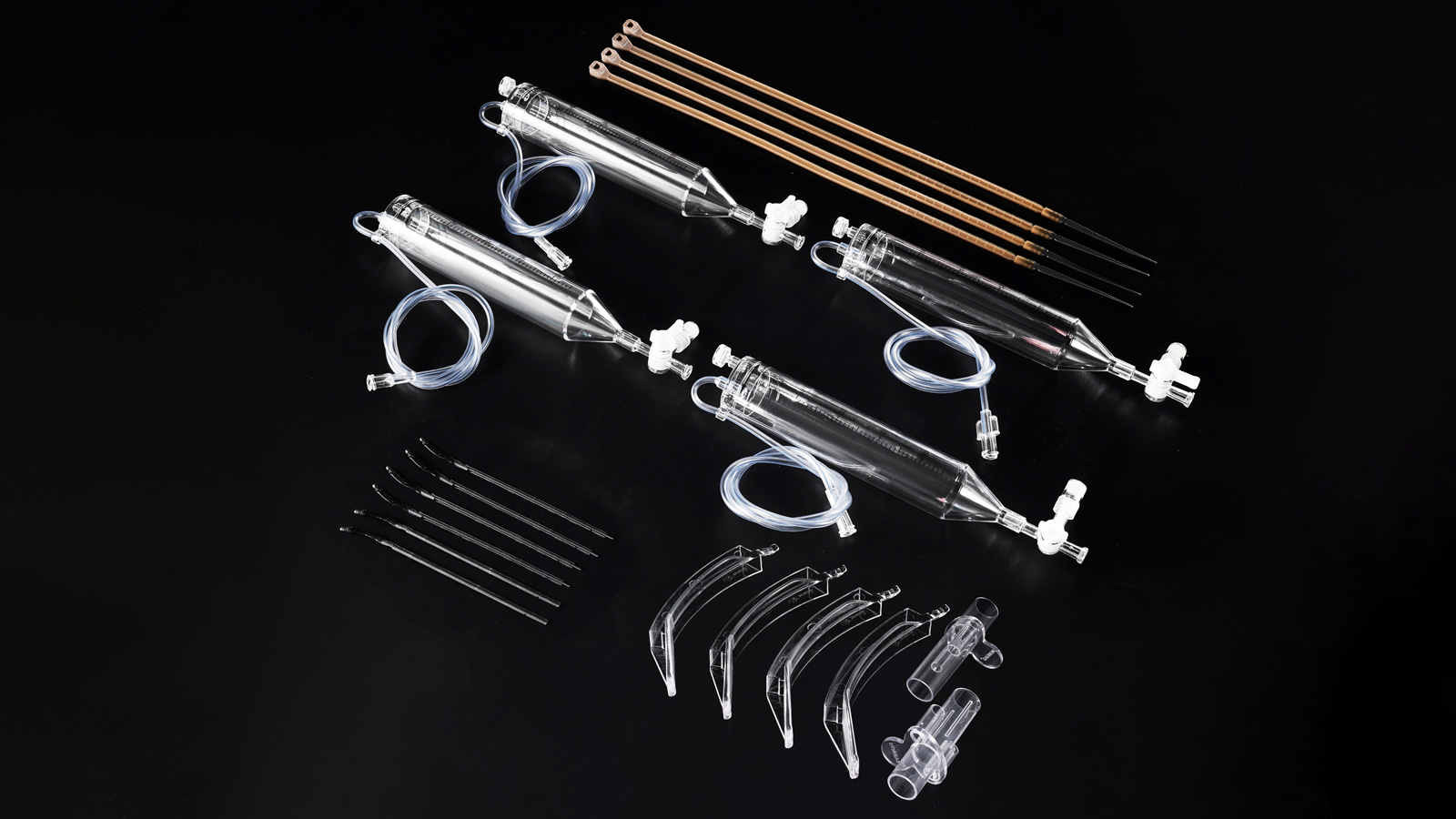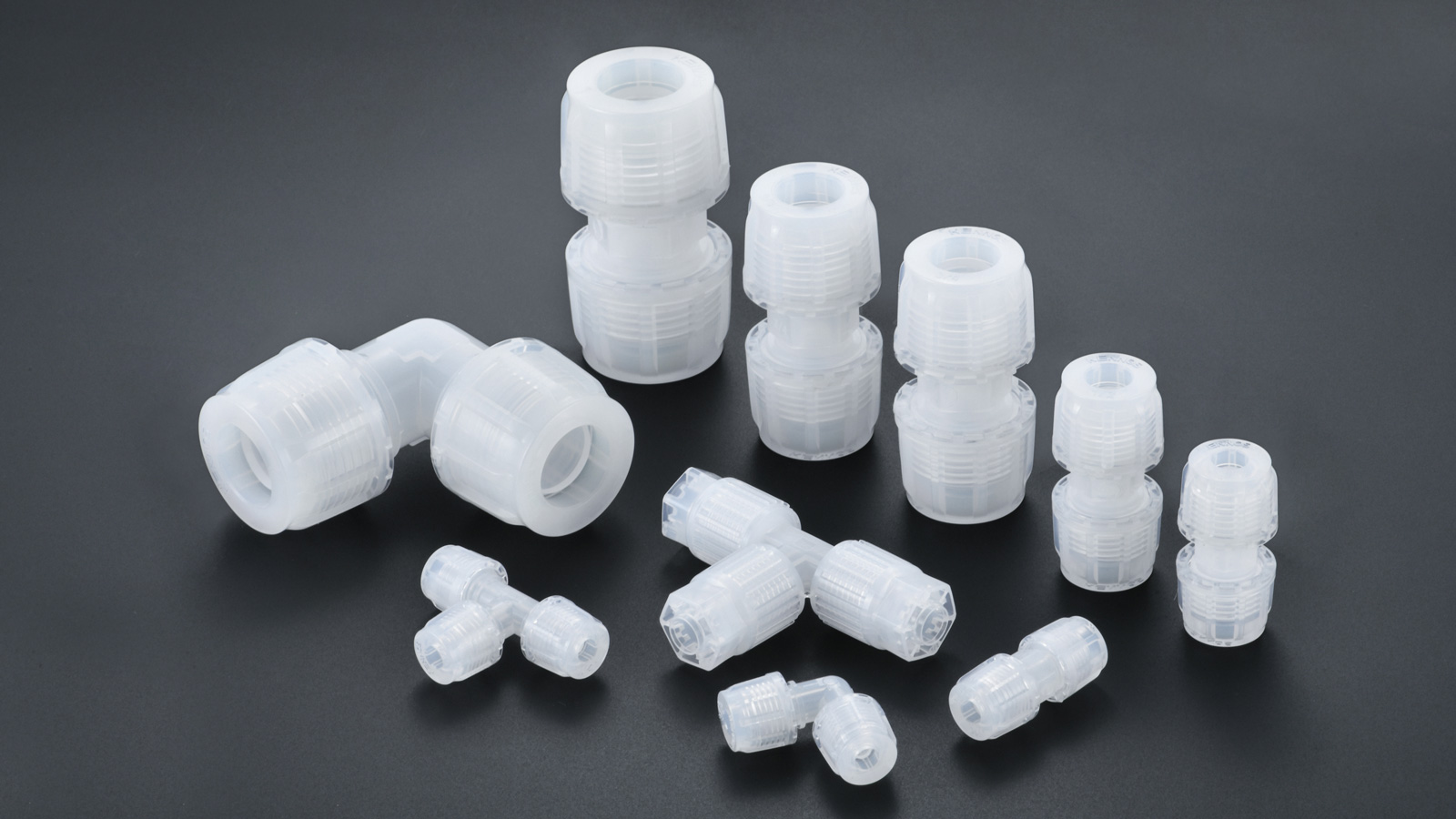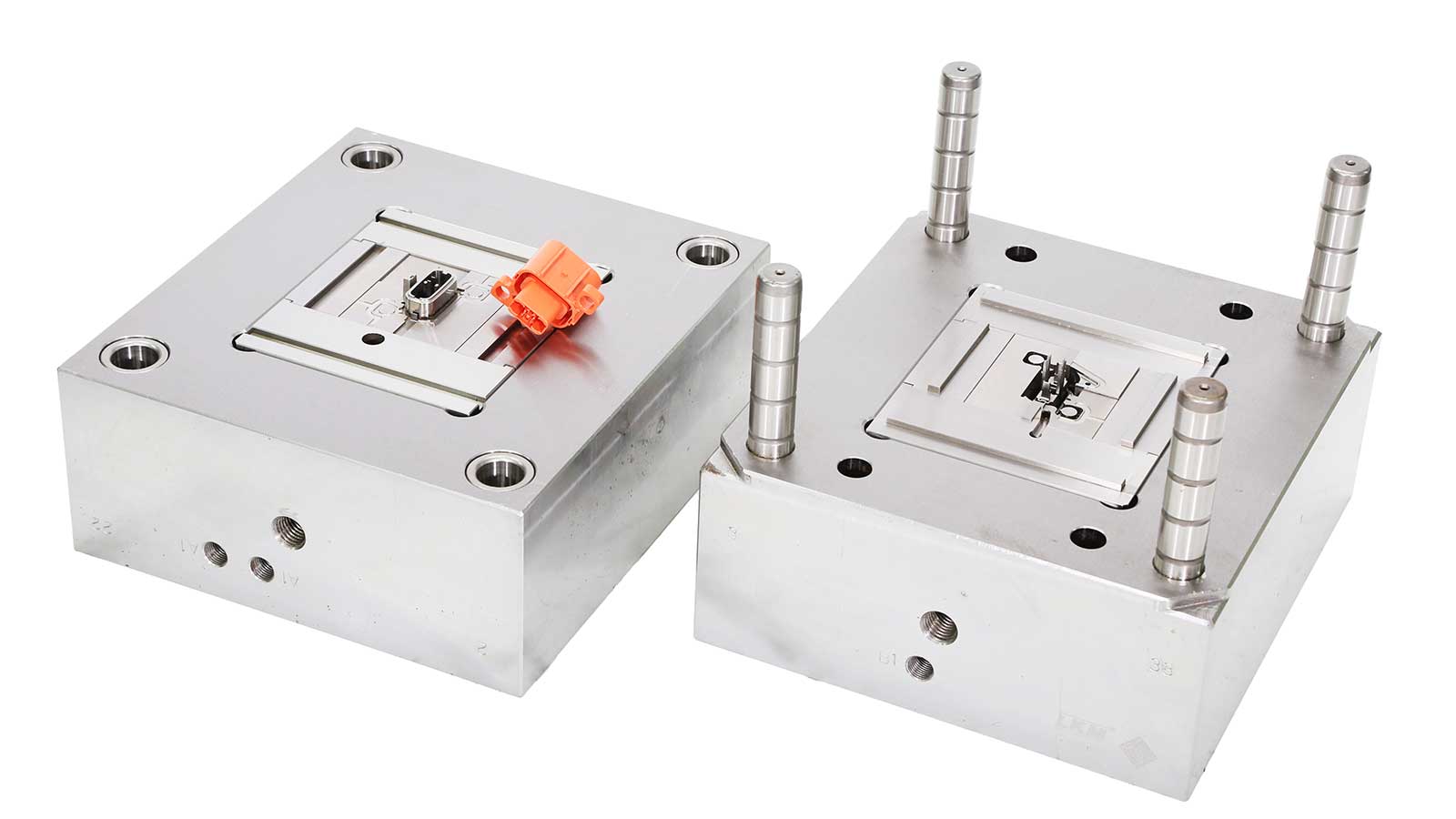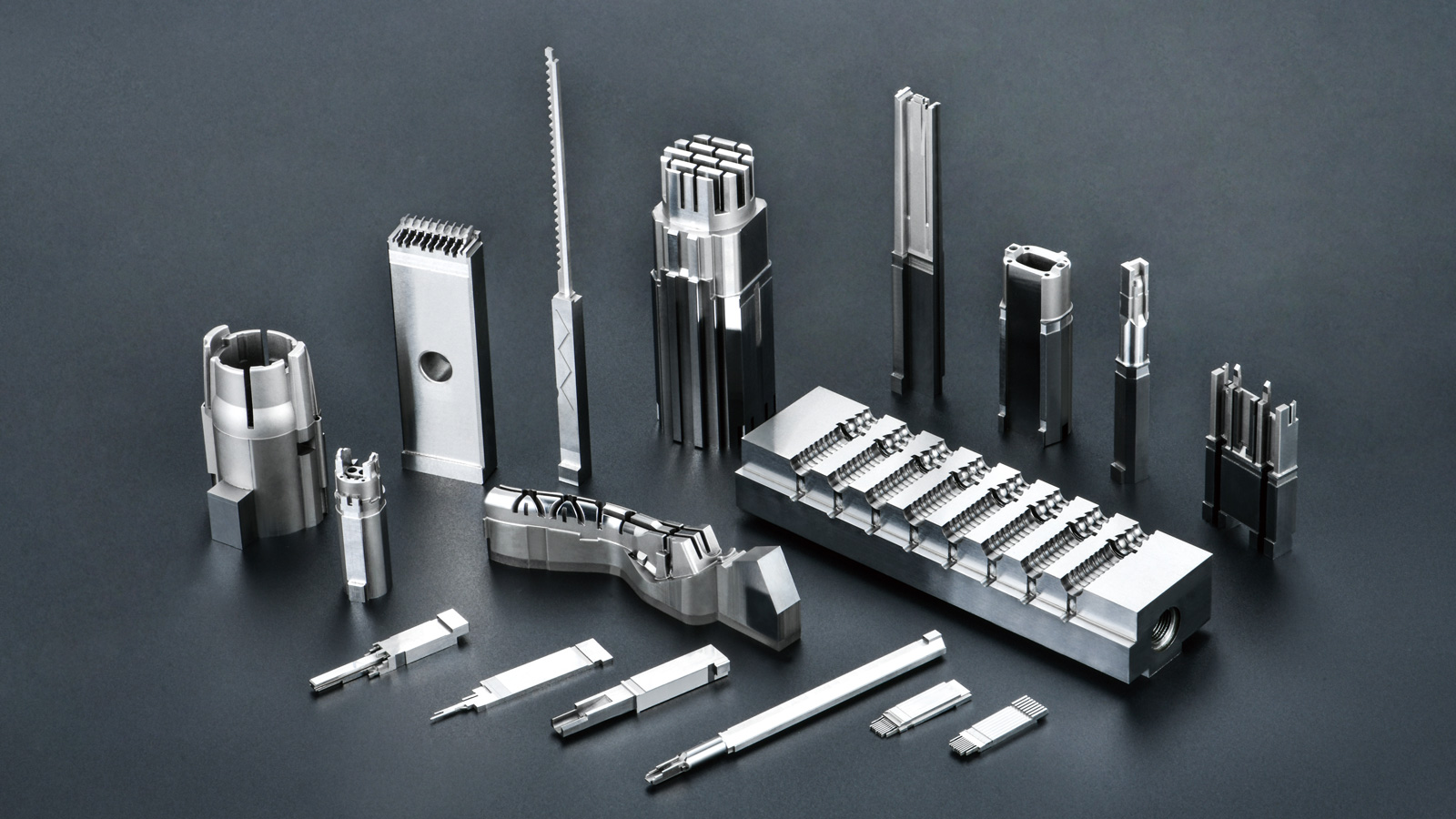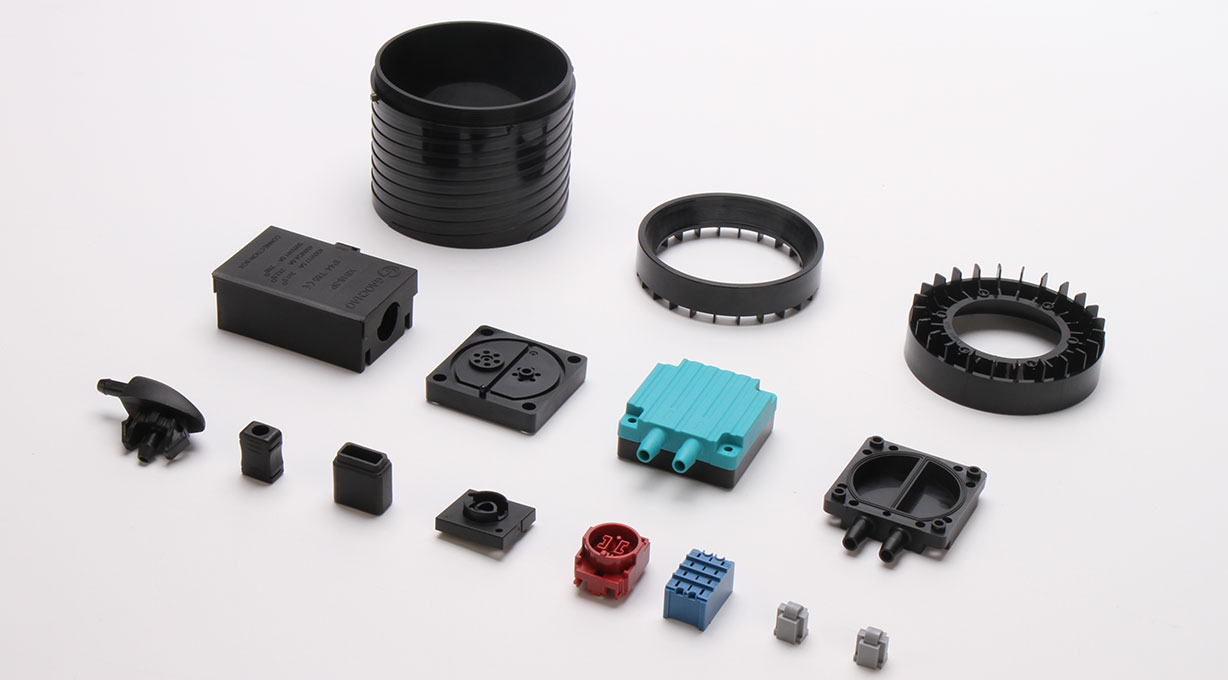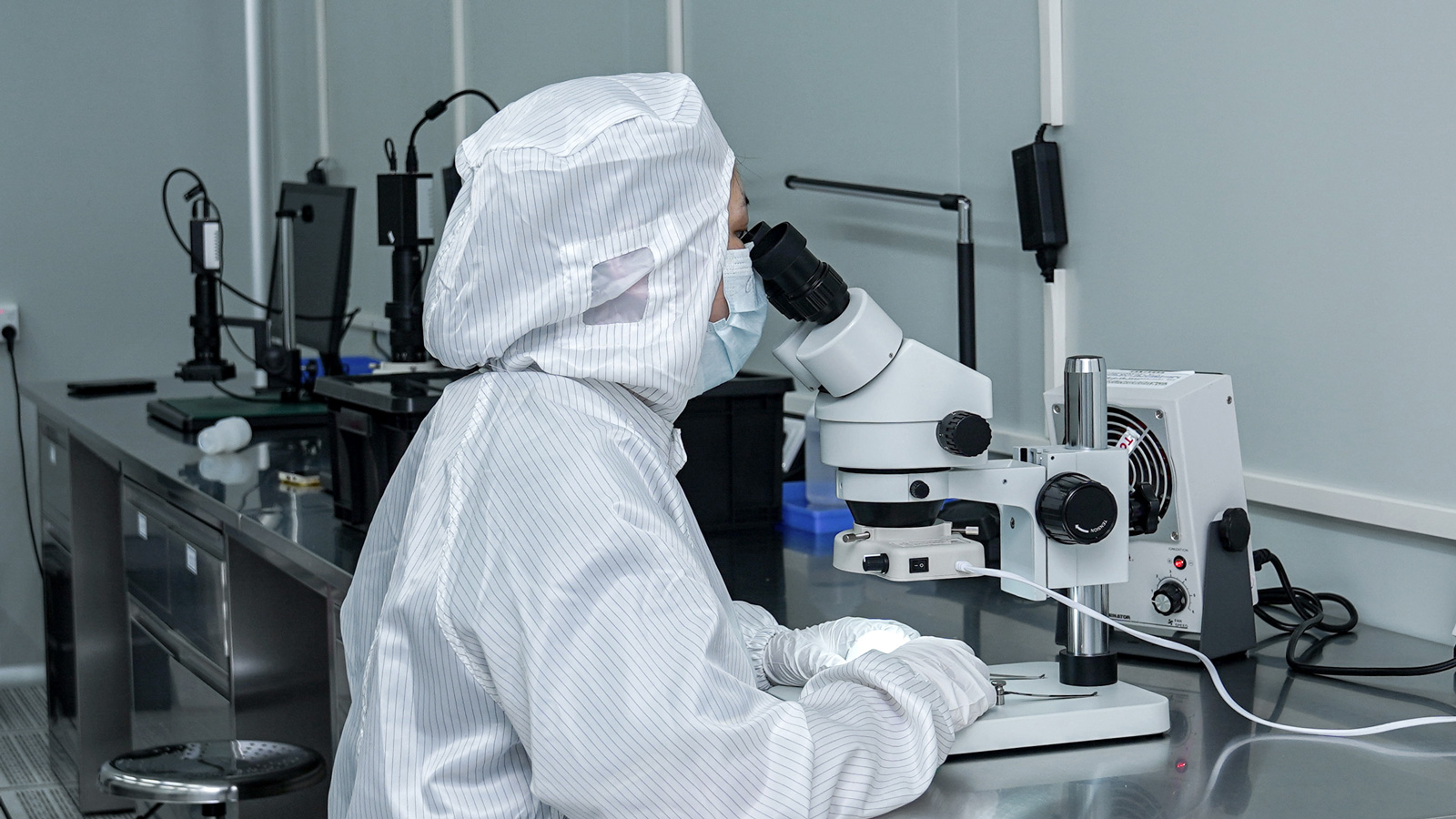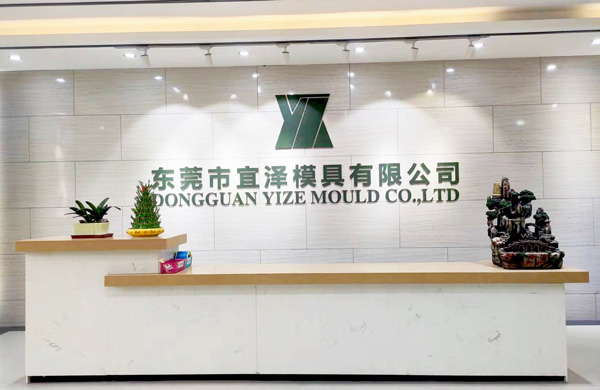In the realm of product design and manufacturing, material selection stands as a pivotal decision that significantly influences product performance, cost, and market competitiveness. When companies face new product development or the need to upgrade existing products, plastic materials are progressively replacing metals as the material of choice. This article delves into the five core reasons for this shift from metals to plastics, analyzing it from multiple dimensions such as technology, economy, and compliance to provide strategic references for product innovation.
1. Corrosion Resistance: Inherent Protective Barrier
Plastics possess chemical inertness, granting them natural corrosion resistance. In contrast, most metals require secondary or tertiary processing, such as dip-coating or spray-coating, to apply protective layers and prevent corrosion over time. Some metal alloys, while highly corrosion-resistant, come at a high cost. For instance, in marine equipment manufacturing, traditional metal components necessitate six surface treatment processes, including galvanizing and passivation. By switching to polypropylene (PP) or polyvinyl chloride (PVC) plastics, these corrosion prevention steps can be eliminated.
Certain specialized engineering plastics, like polyphenylene sulfide (PPS) and polyether ether ketone (PEEK), maintain stable performance even in strong acid and alkali environments. A case in point is a chemical enterprise’s reactor renovation project, where replacing 316L stainless steel with PPS extended the equipment’s service life from three to ten years and reduced maintenance costs by 75%.
2. Cost Structure Optimization: Lifecycle Cost Reduction
Injection molding demonstrates significant cost advantages, with material utilization rates exceeding 95%. In contrast, metal die-casting generates over 30% waste in runners. A comparison by an automotive parts manufacturer revealed that for intake manifolds with the same structure, the cost per unit for metal die-casting was 4.2, a 67% reduction.
In terms of energy consumption, plastic injection molding uses just one-fifth of the energy required for metal forging. For a transmission gear with an annual production of 500,000 units, switching to nylon (PA) reduced annual electricity expenses from 450,000. Additionally, plastic parts eliminate the need for subsequent polishing and deburring, further cutting labor costs.
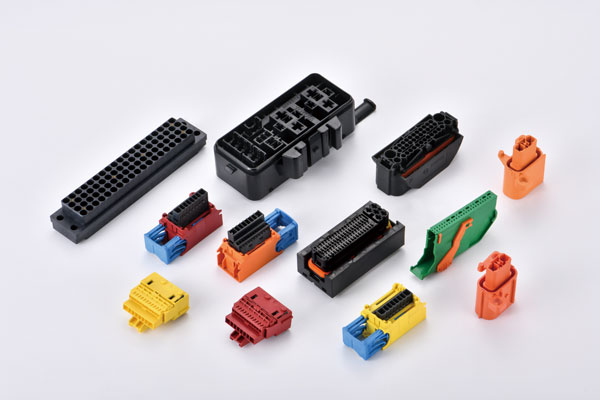
3. Compliance Breakthrough: Overcoming Trade Barriers
Global regulations on heavy metal usage are becoming increasingly stringent. The EU’s RoHS Directive restricts six hazardous substances, including lead and mercury. An electronics connector manufacturer once faced a $2 million seizure of goods by EU customs due to excessive lead content in metal components. By adopting liquid crystal polymer (LCP) material, the company not only passed inspections but also obtained German TÜV certification, enabling a 15% price premium.
In the medical device sector, plastic materials offer superior biocompatibility. Compared to 316L stainless steel catheters, polyurethane (PU) catheters reduce clinical infection rates by 42% and eliminate the need for expensive passivation treatments, resulting in a cost savings of $ 3.80 per unit.
4. Mold Economy: Time and Cost Dual Optimization
Plastic mold development cycles are over 50% shorter than those for metal molds. For complex housing molds, zinc alloy die-casting molds take 14 weeks to deliver, while steel injection molds require only six weeks. A telecommunications equipment manufacturer’s 5G base station housing project demonstrated that the accelerated mold development cycle provided a first-mover advantage, securing an additional $230 million in orders.
In terms of mold lifespan, high-quality steel injection molds can withstand over 1 million cycles, six times longer than sand-casting molds. A home appliance manufacturer reported that switching to H13 steel for air conditioner front cover molds reduced annual mold replacements from 12 to 2 times, cutting maintenance costs by 83%.
5. Design Freedom: Unleashing Innovation Potential
Plastic injection molding enables complex structures that are difficult to achieve with metal processing. An drone manufacturer replaced metal arms with carbon fiber-reinforced plastics (CFRP), achieving a 65% weight reduction while maintaining strength through topological optimization. This extended flight time by 40 minutes. More critically, plastic parts can integrate multiple functional components, reducing assembly steps and connector usage.
In lightweight design, plastics offer unparalleled advantages. Replacing metal engine hood covers with glass fiber-reinforced PA66 reduced weight from 8.2 kg to 3.1 kg while increasing stiffness by 23%. A logistics company calculated that a 500-gram reduction in packaging weight per unit could save $1.2 million in annual transportation costs.
Conclusion: Material Revolution Driving Industrial Upgrades
From Tesla’s integrated die-casting for vehicle bodies to Boeing’s composite material applications in the 787 Dreamliner, plastics are reshaping the manufacturing landscape. Global market data projects that the engineering plastics sector will grow at a 6.8% CAGR, surpassing $120 billion by 2027. For enterprises, embracing material innovation is not merely a cost-control measure but a strategic choice to build technological barriers and explore new markets. Driven by sustainability and smart manufacturing, plastic materials are poised to usher in a new era of product innovation.
